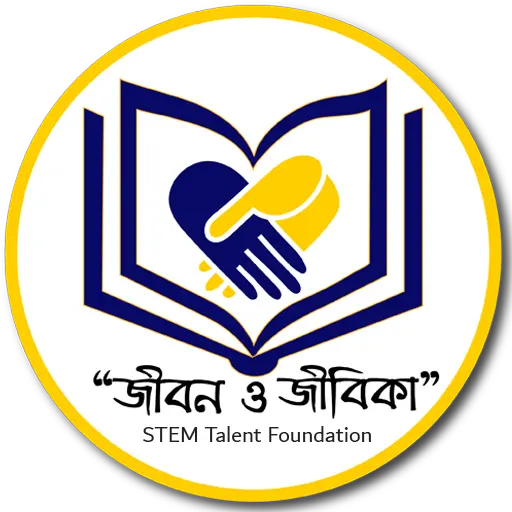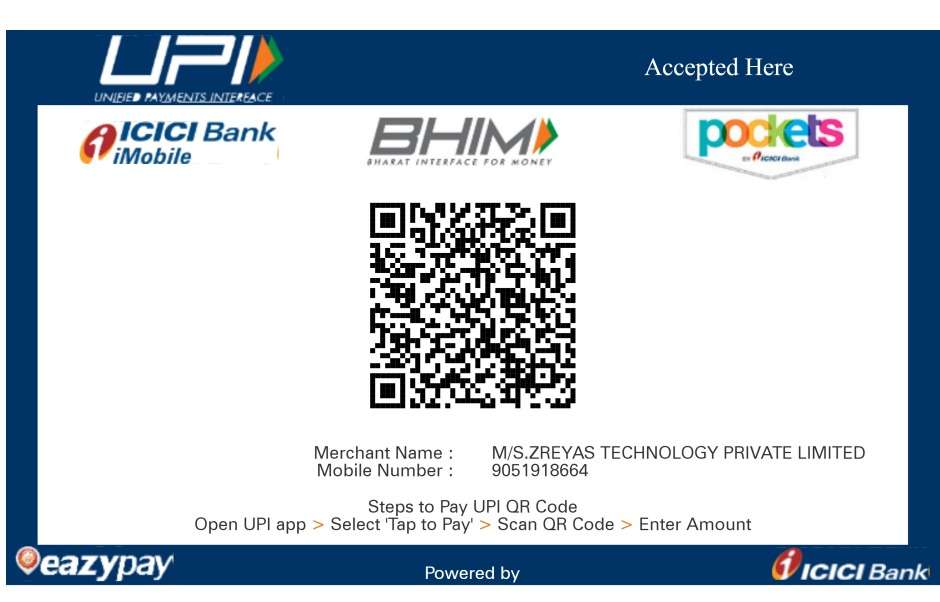Develop Class III Mathematics Skill
Class III mathematics introduces children to some new concepts related to multiplication and division, mental arithmetic, and so on. Students build a competency to work comfortably with four-digit numbers and their arithmetic computations, like addition, subtraction, division, and multiplication. Thus, reinforcement of these concepts through interactive activities is highly beneficial.
Multiplication and Division
Multiplication and division are among some of the key math skills that a child develops in class III. Parents can help their children learn these computations with simple real-life calculations. For example, calculating the number of days remaining for an event that is three weeks away or figuring out how many weeks it will take to save their pocket money for buying a new toy or game.
Geometry
In Class III geometry students need to form an understanding of various two-dimensional shapes including polygons and circles. For determining the similarities and differences among these shapes students need to have a clear understanding of the characteristics of each of them. Building a clear understanding of various properties of two-dimensional shapes like the number of sides, edges, and angles is vital for students to determine their area, perimeter and other related values in the higher classes.
Measuring and Comparing
Developing the concept of measurement and comparison is important for class III mathematics students to estimate different quantities. Place the measuring cups in a line and ask the kids to fill up each cup with grains. Once all cups are filled, ask them to identify the biggest cup or the smallest cup and many such questions related to measurement. You can also keep some cups half-filled and ask the kids questions such as which is a heavier and lighter cup etc.
Class III Mathematics Tips and Tricks
For class III mathematics, the following tips can be used to help the students develop an interest in the subject.
Apply Math in Everyday Life
Children tend to memorize the concept and topics more when they are able to use their new math concepts in their everyday life. Try to incorporate basic math concepts into everyday activities. Let your child count objects regularly and pose easy counting challenges, such as counting the number of steps on a flight of stairs or the number of red cars you see while driving. Take opportunities to count by twos or fives or tens, for example, ask them to count the pile of coins with the same number.
Play Math Games
Play math games and solve math puzzles. Solving puzzles is a great way to develop important visual discrimination skills, or the ability to recognize differences and similarities in shape, form, pattern, size, position, and color. The time spent in commuting or waiting in a car can be utilized to play math games with your child.
Use Money to Practice Math
While studying class III mathematics, students begin to grasp the concept of money. Make combinations of bills and coins using money from your wallet or your child’s piggy bank. Ask them to write the amount for different groupings. In this way, they will also develop an interest in the subject.
Class III Mathematics Worksheets
Solving Class III mathematics worksheets helps the students to improve their reasoning skills. These worksheets are prepared in such a way that the students learn how to manage their time and solve the questions in the correct format and timing. These worksheets cover all the topics of class III mathematics and make it easier for the students to remain inclined towards the subject. They can verify the answers that are given at the end of the worksheet.





